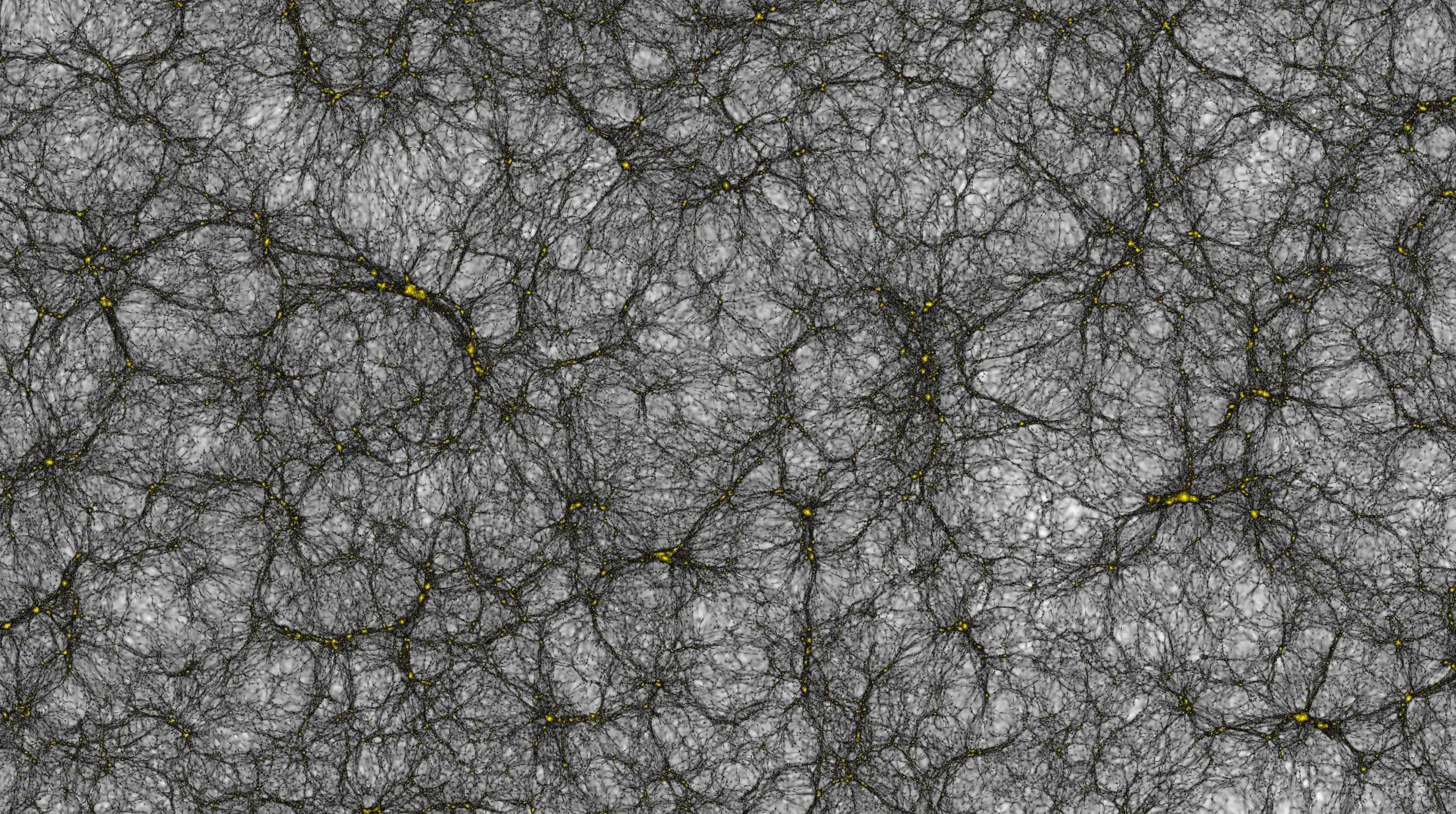Astrophysics and Supercomputing

Astrophysics deals with the secrets of the universe in time and space: from the early beginnings and expansion of the universe, the formation and evolution of matter in general and the emergence of dark matter in particular, the formation and evolution of galaxies and stars as well as planets and planetary systems, including our solar system.
How did the universe with its galaxies, stars and planets form? Which role do mysterious forces such as dark matter and dark energy play? Is there life out there in the universe? And how will the future of the cosmos look like?
These are the questions addressed by astrophysicists of the University of Zurich.
Their special strength is the simulation of cosmic phenomena using high-performance computing and the data analysis of various astronomical observations.
Among the current projects, there is JUNO, a satellite launched in 2011 by NASA, the American space agency NASA, and whose goal is to investigate the giant gaseous planet Jupiter. Another example is the EUCLID mission: this satellite will be launched in 2021 by ESA, the European Space Agency, and will investigate what drives the expansion of the universe and which role dark energy, dark matter, and gravitation play in that context. To prepare the EUCLID mission, researchers of the UZH have performed one of the largest simulations of the distribution of galaxies on large scale. Finally, a third example is the LISA satellite, an ESA mission planned for 2034. The challenge for LISA will be to detect the signal carried in space-time by gravitational waves emitted by supermassive colliding black holes.
List of the current projects
- Dark Matter, Prof. Laura Baudis
- Euclid and the Dark Universe, Dr. Joachim Stadel
- Juno Mission, Prof. Ravit Helled
- LISA - LIGO: Gravitational Waves, Prof. Philippe Jetzer
- Planet Formation, Prof. Lucio Mayer